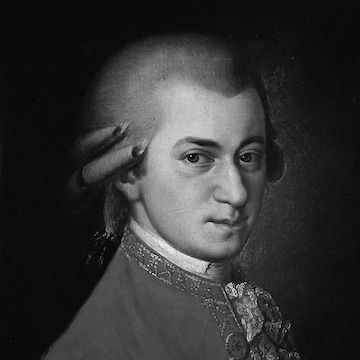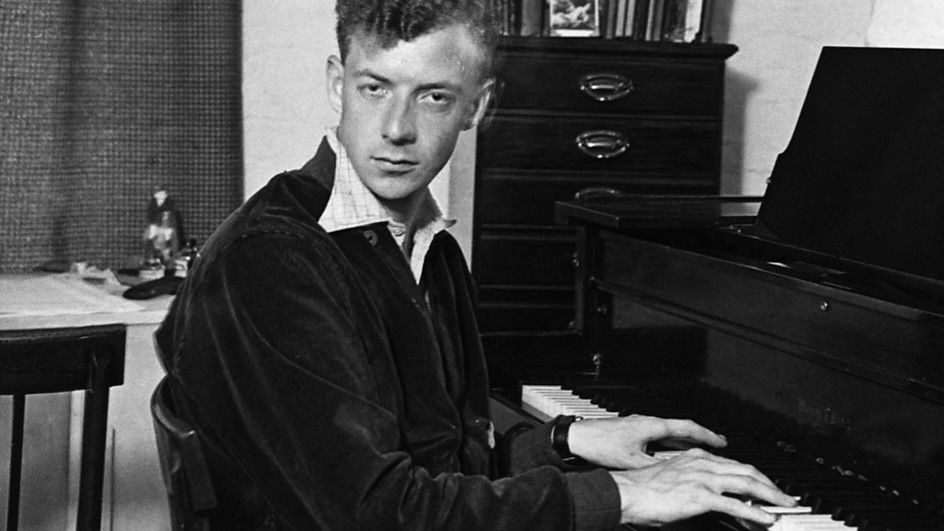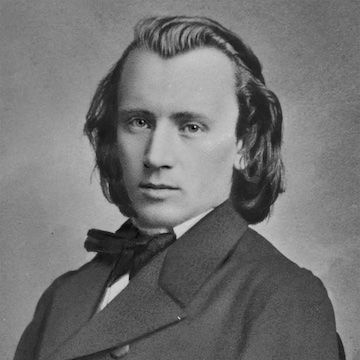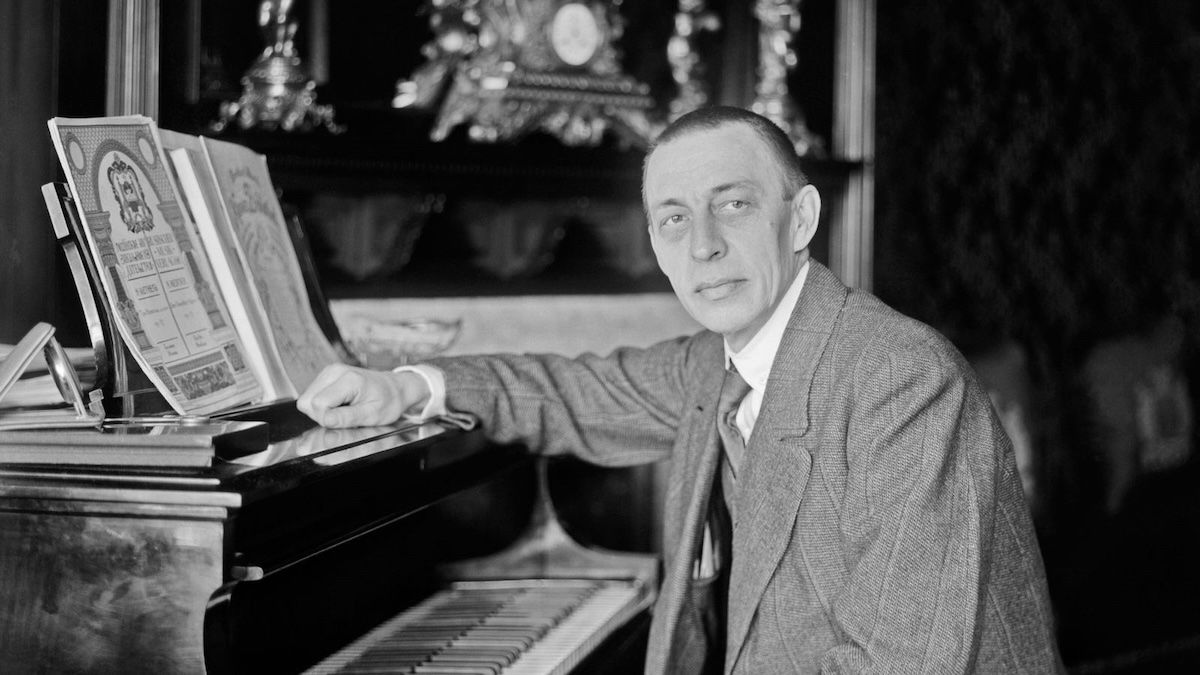Grand Opening
To open the Syros International Chamber Music Festival in style, discover the richness and voluptuousness of the piano duo.
The concert opens with Mozart's Sonata for Two Pianos, the composer who will also close the festival.
This is followed by two great Romantic works, Brahms' Variations on a Theme of Haydn, and Rachmaninov's first Suite, which he composed at the age of just 20. The work ends with a flight of bells evoking Easter.
With Adam Laloum, we will be the architects of this opening evening.
Program
The Sonata for Two Pianos in D major, K. 448 (375a), is a work composed in 1781, when Wolfgang Amadeus Mozart was 25. It is written in sonata-allegro form, with three movements. The sonata was composed for a performance he would give with fellow pianist Josepha Auernhammer.[1] Mozart composed this in the galant style, with interlocking melodies and simultaneous cadences. This is one of his few compositions written for two pianos.
Allegro con spirito
Andante
Molto Allegro
Benjamin Britten misunderstood the commission and composed a work, entitled Mazurka elegiaca, scored for two pianos, instead of writing one for solo piano. Thus although it was intended for the volume it had to be published separately. Britten captures the melancholy characteristic of so many of Chopin’s mazurkas, thereby saluting Paderewski as the great Chopin interpreter.
from notes by Joseph A Herter © 2011
Variations on a Theme by Haydn, Op. 56 (German: Variationen über ein Thema von Haydn) is an orchestral work in variations by Johannes Brahms, composed in the summer of 1873. The work consists of a theme in B flat major, eight variations and a finale.
The theme is taken from the chorale Saint-Antoine from Joseph Haydn's Feldpartie in B flat major, Hob. II/46 by Joseph Haydn. Brahms wrote eight variations on this theme, plus a finale. The finale is a magnificent passacaglia, whose climax, a reformulation of the chorale, is a moment of great transcendence, so much so that Brahms, usually austere, allows himself the use of a triangle.
Two versions exist: one for two pianos, the one Brahms wrote first (but designated Op. 56b), and one for orchestra, designated Op. 56a.
Theme
Variation I. Poco più animato (Andante con moto)
Variation II. Più vivace (Vivace)
Variation III. Con moto
Variation IV. Andante con moto (Andante)
Variation V. Vivace (Poco presto)
Variation VI. Vivace
Variation VII. Grazioso
Variation VIII. Presto non troppo (Poco presto)
Finale. Andante
The Suite for Two Pianos No. 1, Op. 5 was written by Sergei Rachmaninoff at the age of 20 in the summer of 1893. Dedicated to Pyotr Ilyich Tchaikovsky, it is the first of two suites written for two pianos. Each suite is preceded by a passage from a poet: Mikhail Lermontov, Lord Byron, Pyodor Tyutchev and Khomiakov.
Barcarolle. Allegretto, in G minor. After Mikhail Lermontov.
The barcarolle is directly inspired by Frédéric Chopin's barcarolle. Translation of Lermontov's “Song of the Gondola” at the head of the movement:
O fresh evening wave,
gently lapping beneath the gondola's oars!
... again that song and again the sound of the guitar!
... in the distance, sometimes melancholy, sometimes joyful,
the strains of the old barcarolle:
"The gondola glides over the waves and love makes time fly;
The waves calm again and passion will know no more flames".La nuit... L'amour... (The night...the love...). Adagio sostenuto, in D major. After Lord Byron.
The second movement, entitled La nuit... L'amour, evokes the nightingale in Lord Byron's poetry:
This is the hour when from the boughs comes
The sharp note of the nightingale ;
It's the hour when lovers' oaths
Seem to resound melodiously in every whispered word,
And gentle breezes and nearby springs
Make music to the lonely ear.Les Larmes (The Tears). Largo di molto, in G minor. After Fyodor Tyutchev.
The third movement is a largo, subtitled Larmes. Translation of Tioutchev's poem in the exergue:
Human tears, oh human tears!
You flow early and late -
You flow unknown, you flow unnoticed,
Inexhaustible, innumerable,
You flow like torrents of rain
In the darkness of an autumn night.Pâques (Easter). Allegro maestoso, in G minor. After Aleksey Khomyakov.
The last movement, Easter, is truly virtuosic, imitating the ringing of bells. Translation of Khomiakov's poem at the beginning:
The mighty chime resounded over the whole earth
And the whole air, groaning, quivered and shuddered.
Bright accents, melodious and silvery,
Propageaient la nouvelle du saint triomphe.





